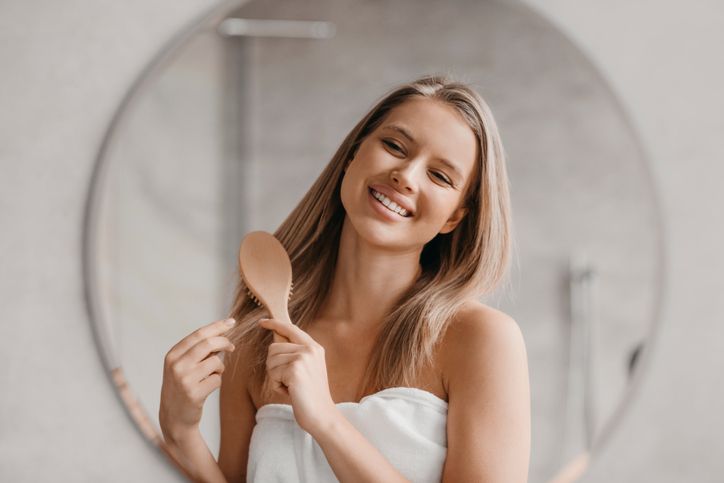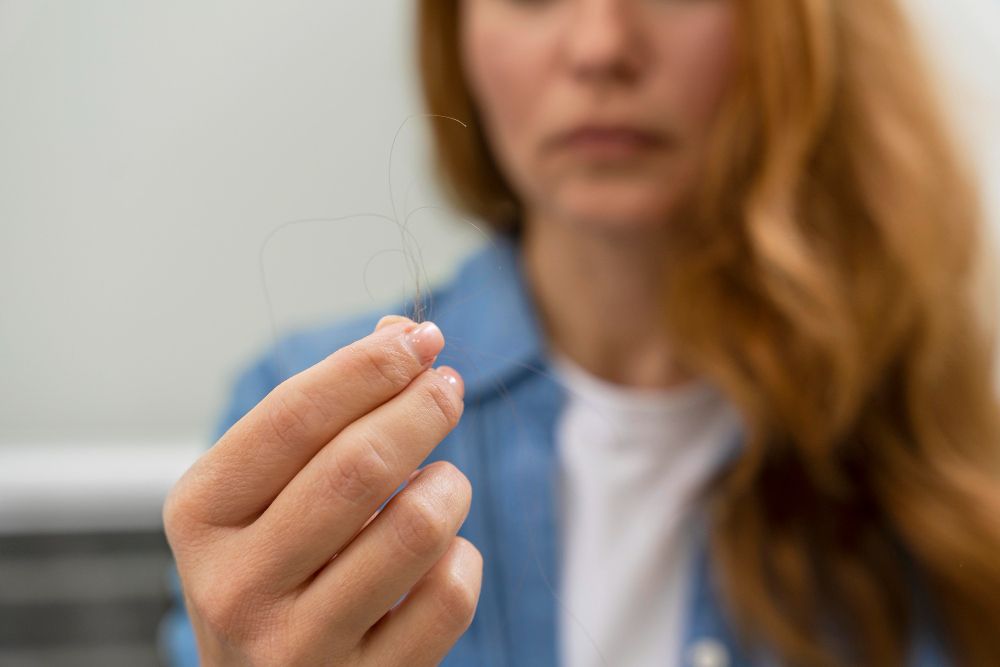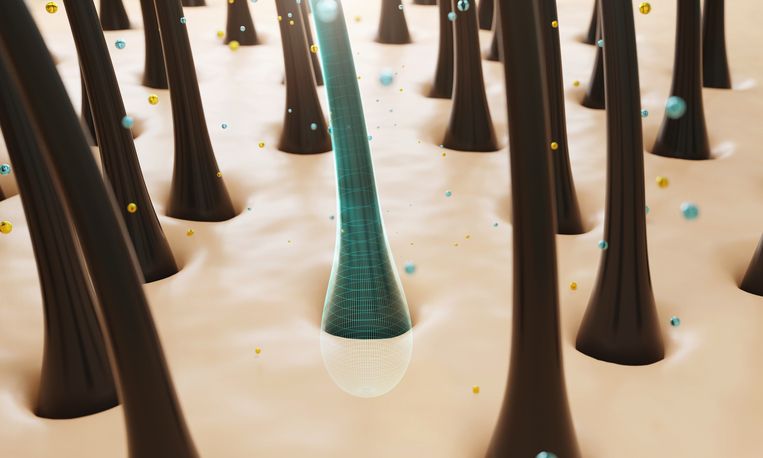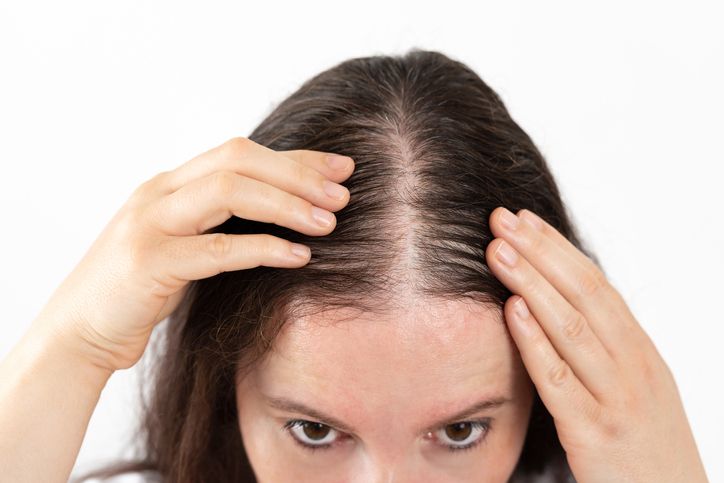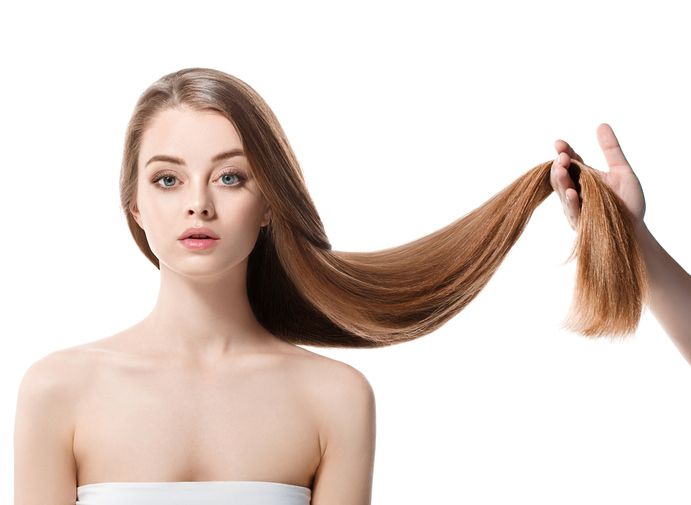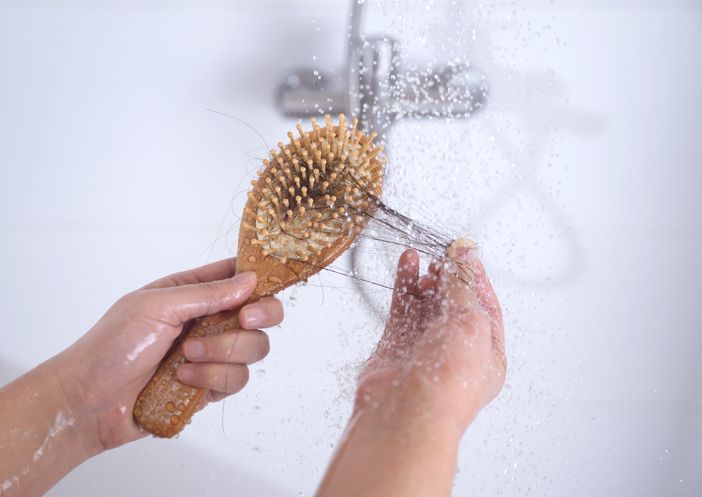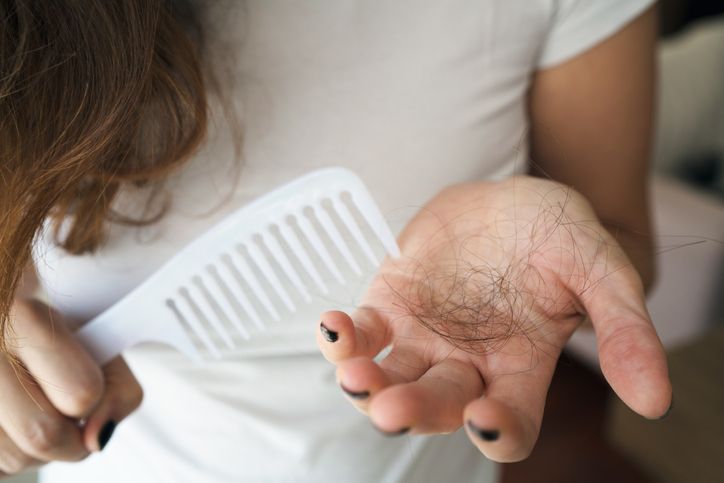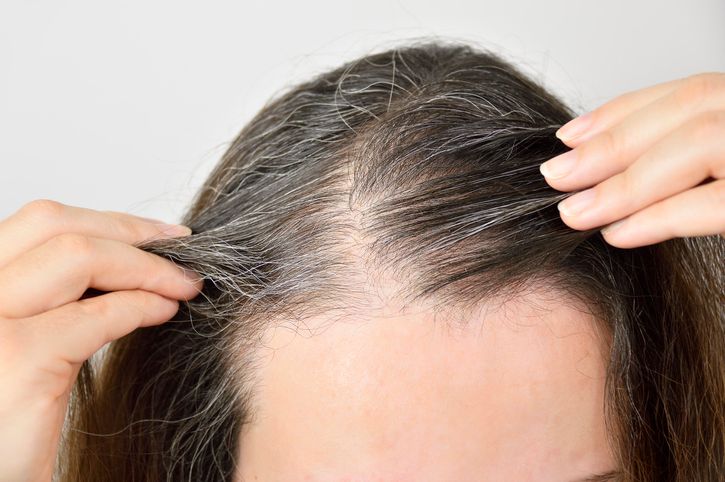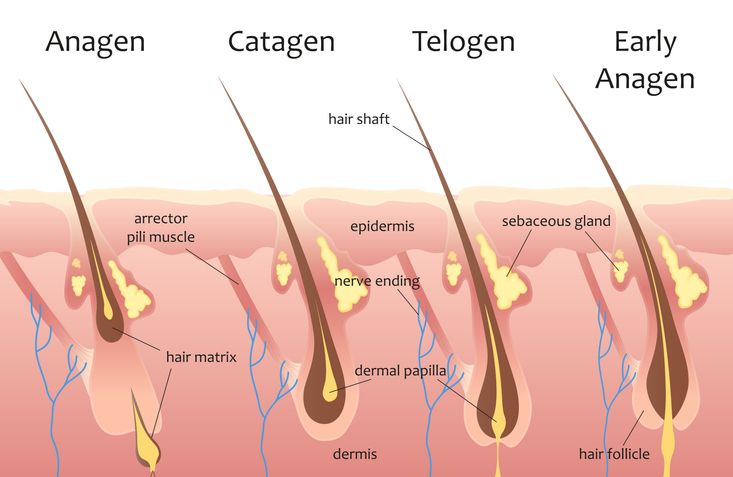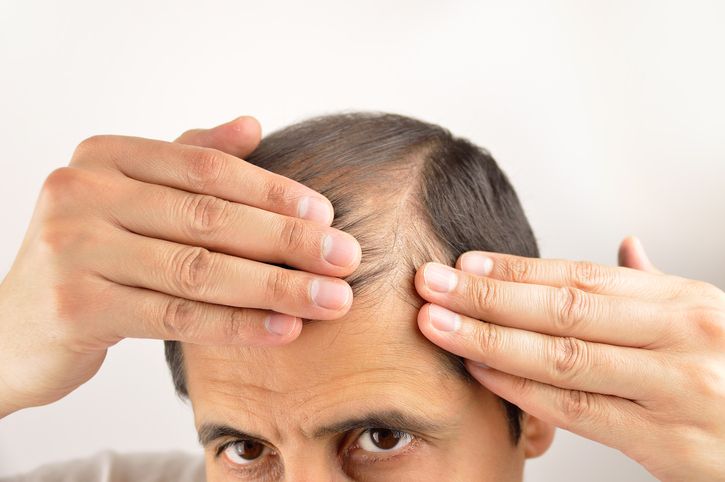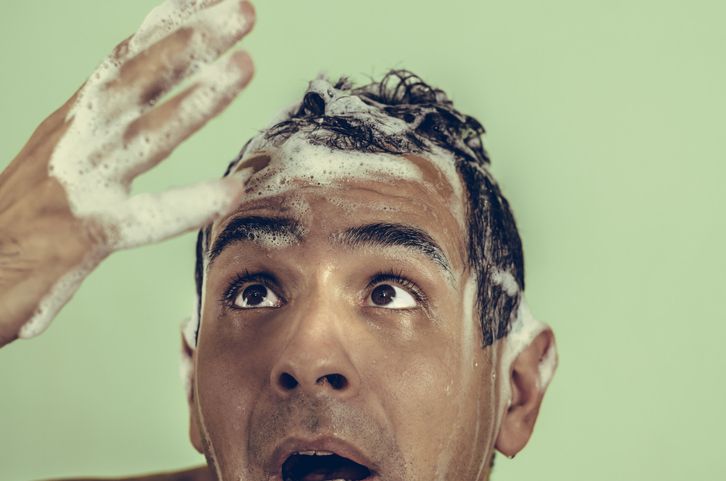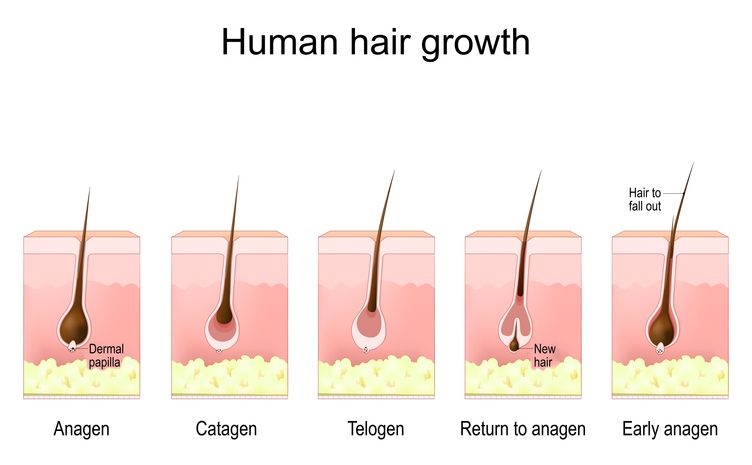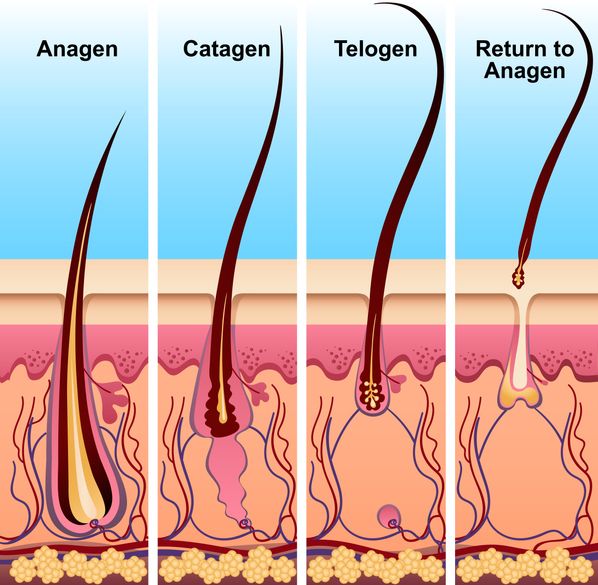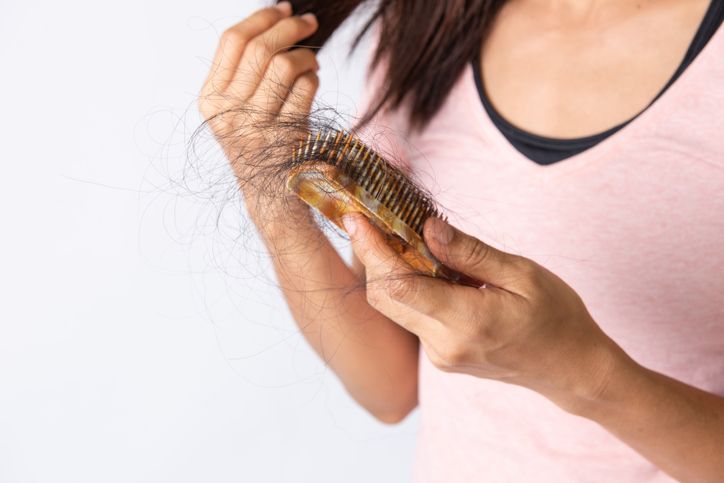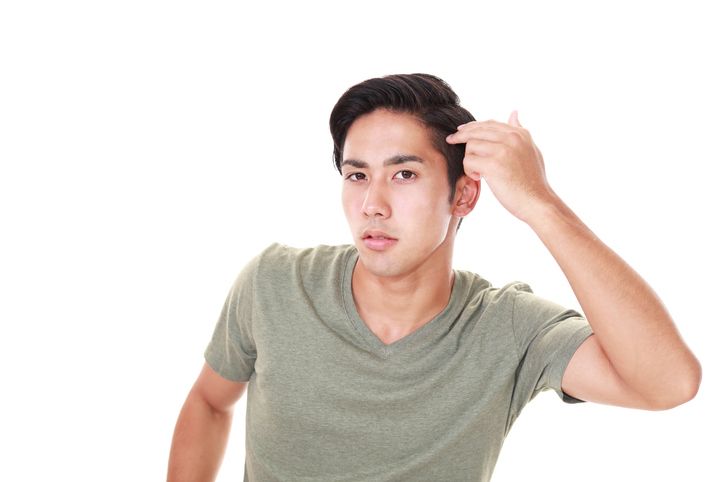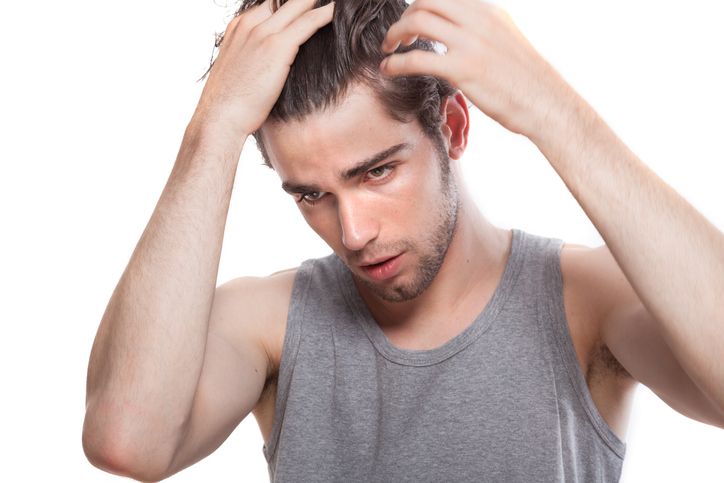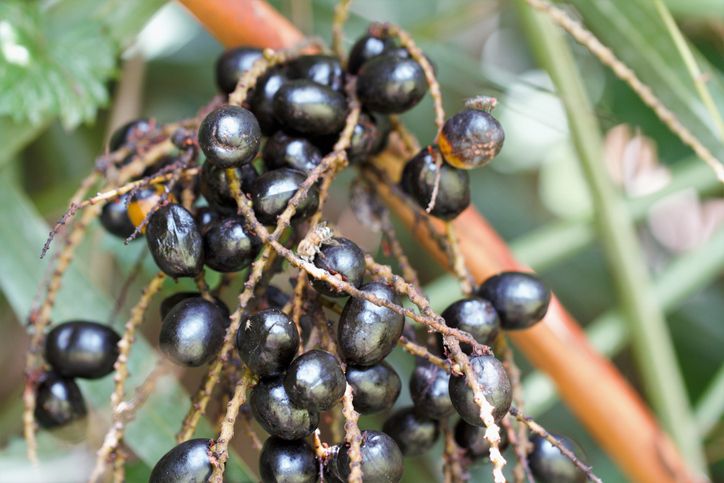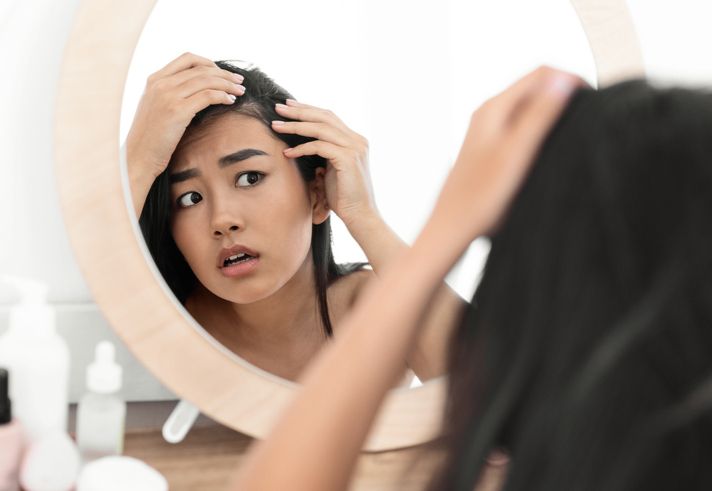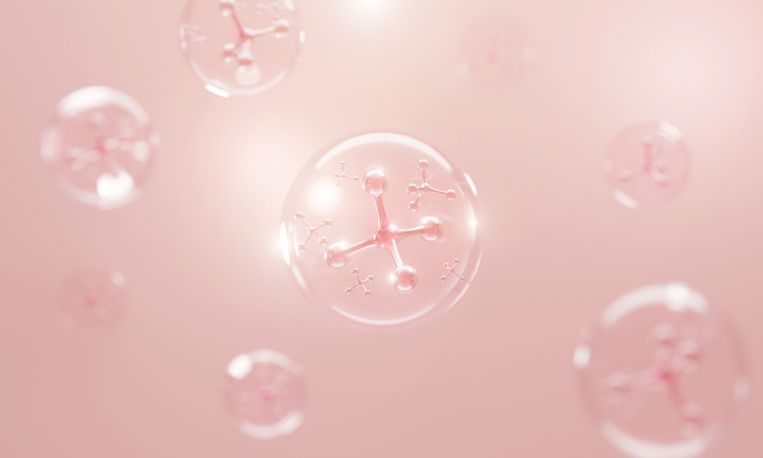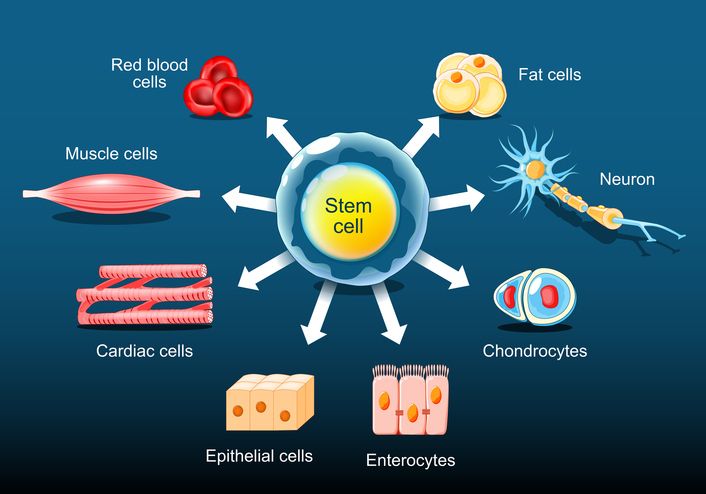Hair Care Products
Patchy Hair Loss and Thinning Explained: 7 Causes, Symptoms, and Hair Regrowth Treatments
Hair Falling Out After Pregnancy? 10 Nutrients That Help Hair Grow Back Stronger
Hair falling out after pregnancy is something most women notice in the first few months after giving birth. It’s usually part of a normal hair growth cycle, but that doesn’t make it feel any less alarming—especially when you're seeing more hair in the shower drain or on your brush than usual. This type of increased hair loss, known as postpartum hair loss or telogen effluvium, happens as pregnancy hormones drop and hair shifts from the growing phase (anagen) to the resting phase (telogen). During pregnancy, high hormone levels often keep many hairs in the growing phase longer than usual, which makes your hair appear fuller. But once those hormones level out after delivery, many hairs enter the shedding phase at the same time. That’s when hair shedding picks up and total volume can feel noticeably reduced. This shift is a normal part of the postpartum period, but a healthy diet can help slow postpartum hair loss and support hair regrowth. Nutrients like iron, biotin, and omega-3s support hair health and may help prevent postpartum hair loss from lingering longer than it should. Eating well during this transitional phase helps your hair grow stronger as it returns to its pre-pregnancy state. Keep reading to see which nutrients support normal hair growth and may help reduce excessive shedding. Each one plays a different role in helping your hair grow back thicker and healthier.
Is It Hair Shedding or Hair Loss? 6 Ways to Know What’s Happening to Your Hair
Not sure if you’re just shedding or actually losing hair? You’re definitely not the only one asking that. Hair falls out every day as it’s part of the normal hair growth cycle. Yet, when it starts feeling like way too much, it’s easy to wonder what’s really going on. There’s a difference between regular hair shedding and real hair loss, and spotting it early can make a big difference. Maybe you’ve noticed more hair in your brush, a receding hairline, or areas that look a bit thinner than usual. Maybe your strands just feel finer, or your scalp’s getting easier to see. These changes can mean a few different things, depending on what’s causing them. Hair shedding vs hair loss isn’t always black and white, but there are some clear signs that can help you figure it out. If you’ve been dealing with more hair falling than usual and want to get to the bottom of it, keep going. These six clues can help you tell what’s normal and what might need a closer look.
7 Common Hair Habits That Lead to Scalp Acne, Breakouts, and Clogged Hair Follicles
Your daily hair care routine plays a bigger role in scalp health than you might think. Certain habits—like using strong shampoos too often, piling on heavy hair products, or skipping a rinse after workouts—can lead to clogged pores and acne breakouts along the scalp. Add in things like not cleaning your brush or washing your hair incorrectly, and the buildup can trigger scalp pimples, irritation, and painful bumps. A lot of this comes down to how hair products, dead skin cells, and excess oil affect your hair follicles and sebaceous glands. These are common causes behind scalp acne symptoms like inflamed or swollen bumps, oily hair, or scaly patches. And if these issues aren’t handled properly, they can lead to persistent acne, scalp folliculitis, or even hair loss over time. Spotting the causes early can make a real difference in preventing scalp acne. Keep reading to learn what habits might be working against you—and how to change them without overcomplicating your hair care routine.
How Can You Make Your Hair Grow Faster by Doing These 10 Things & Eating These 10 Foods
Everyone wants their hair to be long, beautiful, and healthy. But not everyone is lucky enough to have hair that grows on its own. If you have trouble with your hair falling out or growing slowly, this article is for you!
Hair loss is a common problem that affects both men and women. Fortunately, there are many effective hair loss treatments available, including medication, hair transplant, and laser therapy. Learn more about the different options and which one may be right for you.
Hair loss, can be temporary or permanent and can affect just your scalp or the entirety of your body. It may be brought on by genes, hormonal changes, illnesses, or simply ageing. Consulting a doctor about your hair loss's cause and treatment options prior to beginning any regimen can be really helpful.
Saw Palmetto For Hair Loss? Find Out What's The Latest Solution To Reduce Hair Fall
Saw palmetto is a plant that Native Americans have used for hundreds of years to help their health in many ways. Some people think it can stop or cure hair loss, especially in men and women with androgenic alopecia, which is also called male and female pattern baldness. But there isn't enough scientific proof to back up this claim, and saw palmetto may not be the best way to stop hair loss.
How Much Hair Loss In The Shower Is Normal? 7 Factors That May Cause You To Experience This Problem
If you've ever thought how much hair is normal to lose in the shower, you're not the only one. A lot of people worry when they see clumps of hair in their drains or on their hairbrushes. But hair loss is a normal part of the hair cycle and doesn't always mean you have a disease that causes hair loss. Go through the article to check if you belong to which!
The Truth About Hair Loss: Can Your Hair Actually Grow Back?
Hair loss can be stressfull issue. Hair loss can occur suddenly or gradually over many years. It could be either transient or permanent, depending on the underlying cause.
Recommended Articles
Latest Article
COPYRIGHT© NEW BEAUTY MANAGEMENT LIMITED 2025. ALL RIGHT RESERVED.

